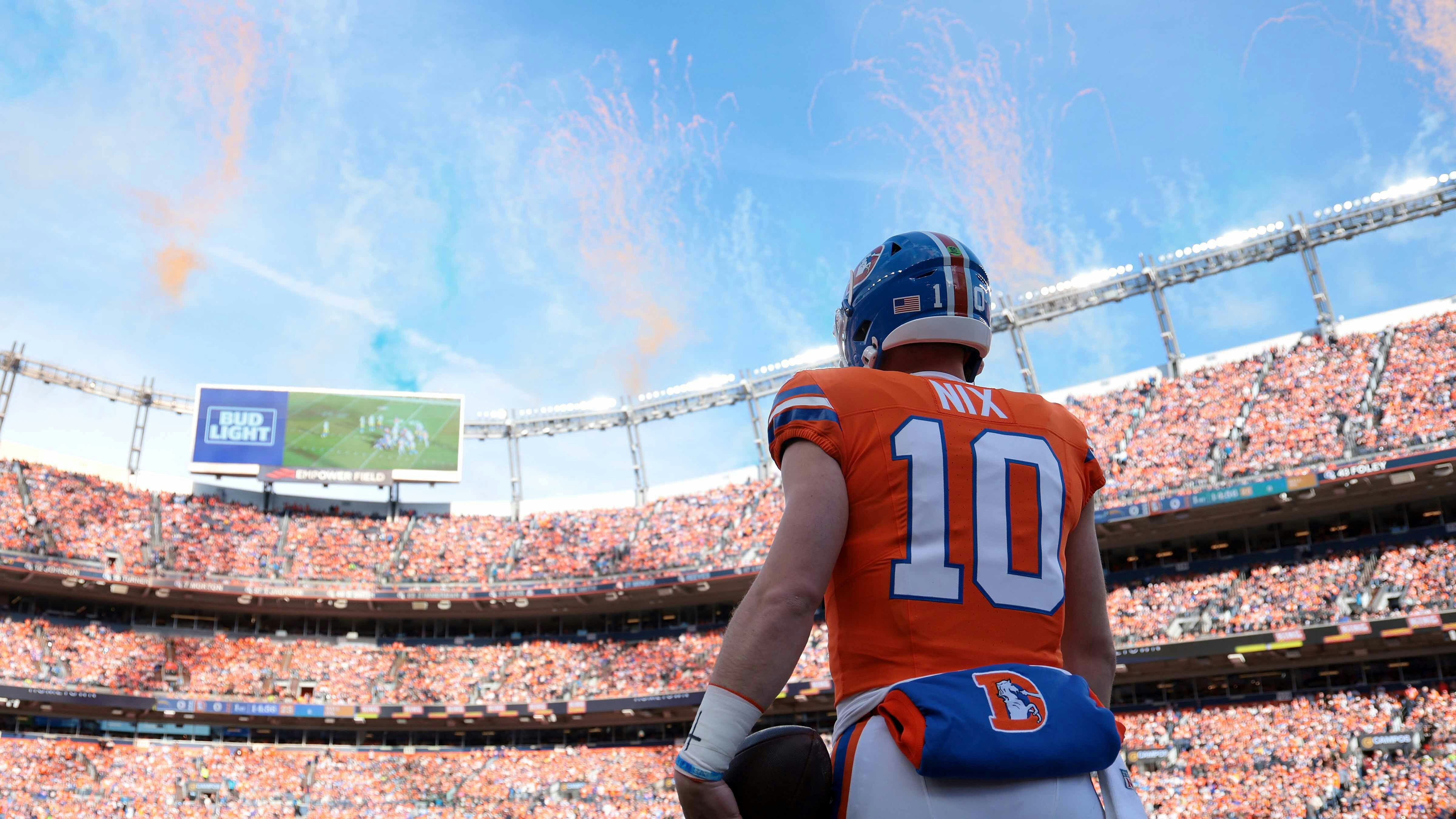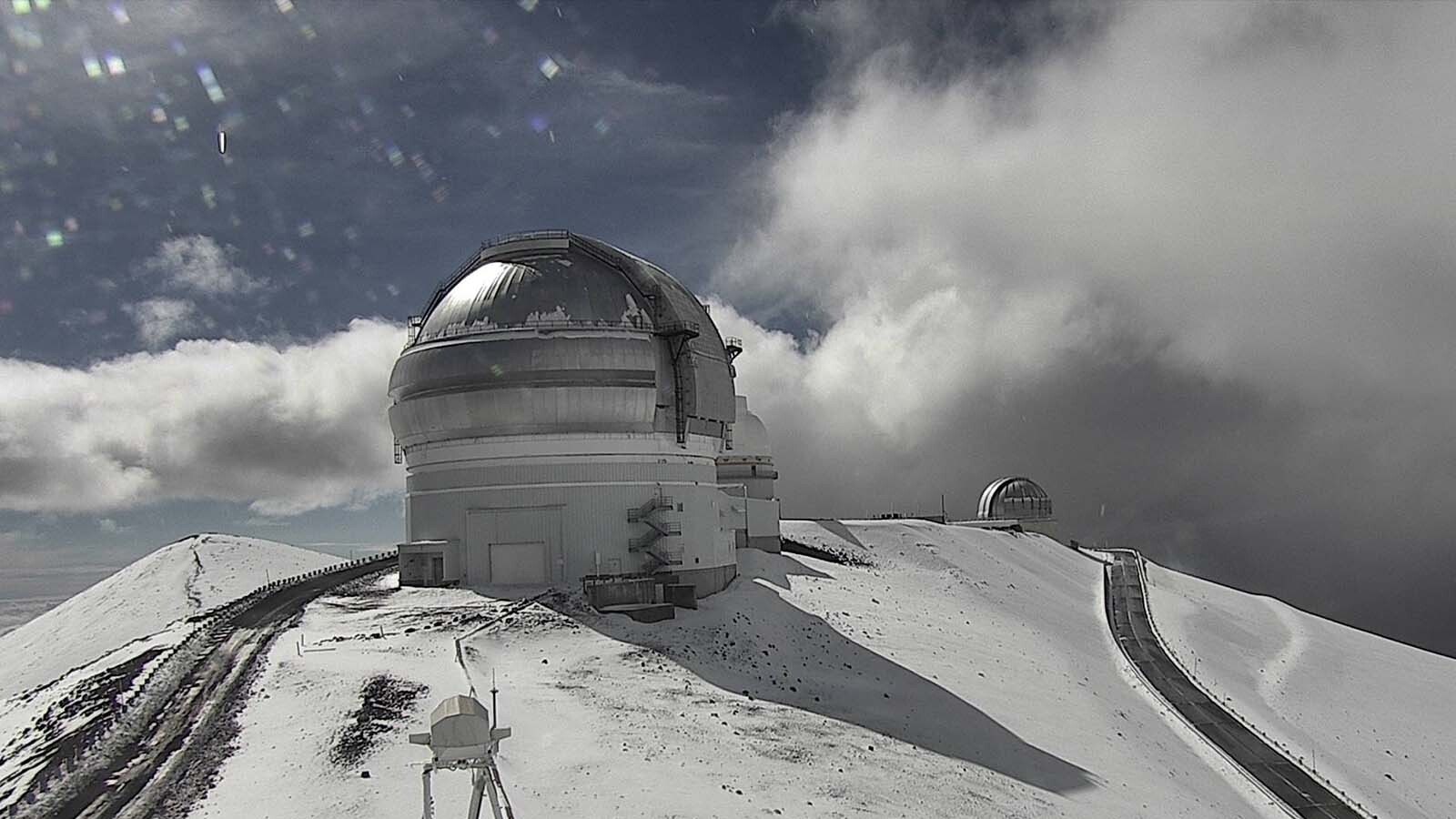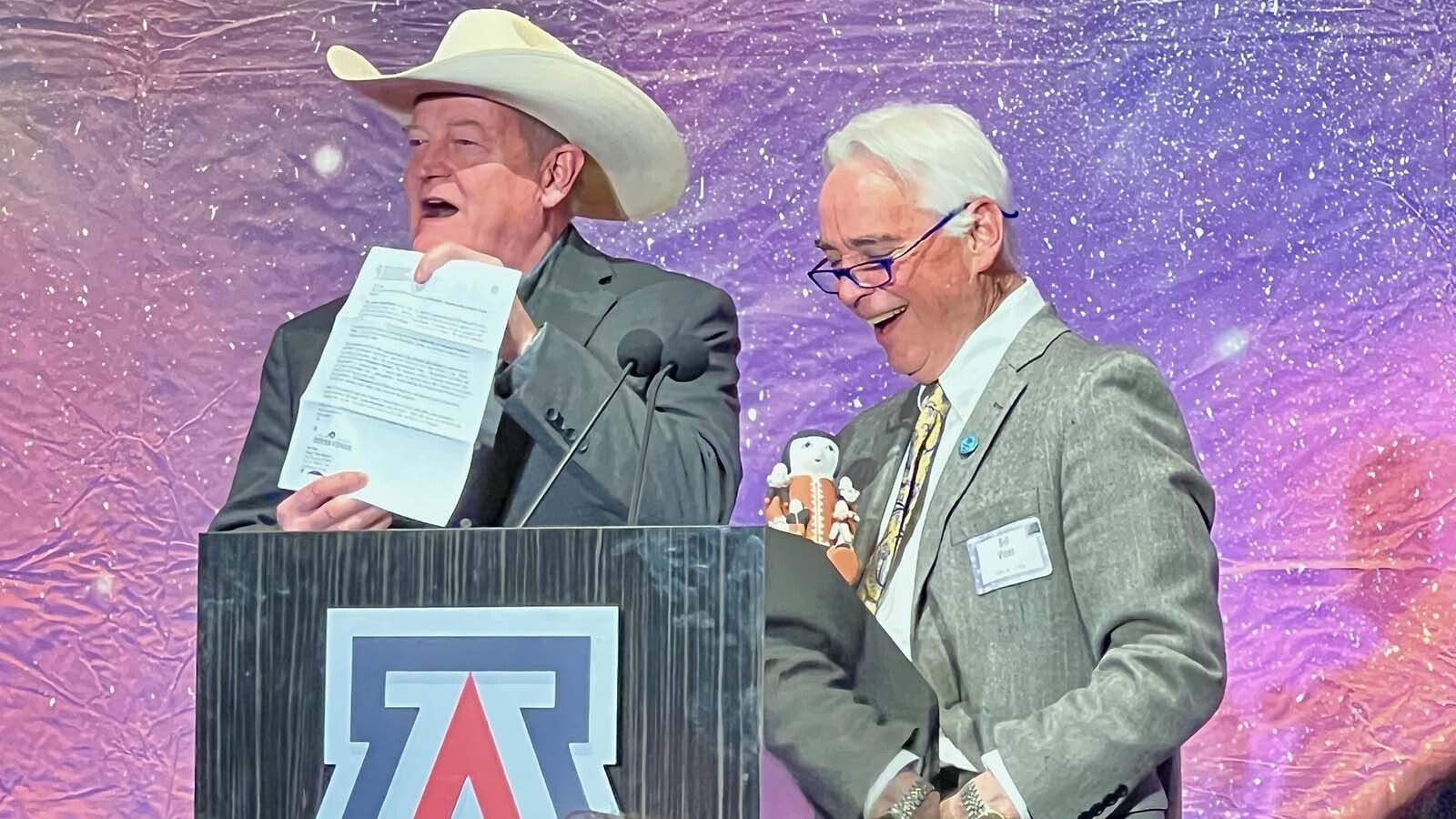The Yellowstone Highway through the Wind River Canyon was muddy, full of rocks and was about the most uninviting landscape to travel from one place to another through centra. Wyoming.
It had sharp curves and twisted along with the Wind River that roared beside it. Waterfalls splashed from up high and hidden springs gurgled. Motorists drove along at a clip of 30 mph and were excited about the modern age they were living in.
That was 100 years ago on Oct. 1, 1924, when Wyoming Gov. Bryant Butler Brooks and a convoy of Ford Model Ts had driven the length of the highway through the Wind River Canyon. The progress was slow as workmen ahead of the convoy had to move rocks and dirt right in front of the fancy new vehicles to make the road drivable.
A dusting of snow covered the landscape as the line of cars arrived at the highway tunnels for speeches and a formal dedication of this impressive accomplishment of modern engineering, carving a route through some of the state’s most remote, rugged and difficult terrain.
It had taken nine years of lobbying and engineering to make this section of road possible.
Bonnie White Bleak grew up in the Wind River Canyon and, before her death in 2019 at age 95, remembered how that original highway was little more than a muddy path.
“If one chanced to meet another car, someone had to stop and back up to a wide spot in order to get around each other,” she said. “There were rarely more than three cars a day, one being the Burlington Bus, perhaps a Gallagher truck, the other might be anyone. Mostly, we had the road to ourselves and used to play on it.”
It cost $1 million to build the Yellowstone Highway, at the time the most expensive stretch of highway anywhere in the United States.
The Dangerous Stage Over Birds Eye
By 1915, autos were growing in popularity in Wyoming. These new motorists were faced with treacherous curves, steep inclines and deep ruts cut into the hard-packed earth by horse-drawn wagons.
Vernon Bower was one such driver, and family lore tells of his trip over the Wind River Canyon.
He had gripped the steering wheel with white knuckles as his Model T bounced down a narrow, rocky path. As his skinny tires slid over the loose rocks, he felt like he was falling into an abyss. Bower was driving over Birds Eye Pass, a dangerous stagecoach route that soared above the Wind River Canyon to the west.
When he finally made it to level ground, Bower vowed he would never drive that road again in a car. On the trip back to his family in Worland, he abandoned his Model T at the town of Shoshoni and rode the stagecoach the rest of the way home, an 11-hour trip over the canyon just to reach Thermopolis.
Auto clubs were formed with the goal of improving these rough roads. They also wanted the highway to lead to the Yellowstone National Park which, in 1915, had officially allowed cars into the park.
In 1916, in a special meeting with Wyoming Gov. John B. Kendrick, an innovative idea was presented by the residents of Thermopolis. These new motorists proposed to replace Birds Eye Pass with a highway through the Wind River Canyon instead of over it.
Governor Kendrick heartily agreed with the radical idea and said, “I believe that the canyon route is an entirely feasible one and that when the money for building it is available, it will become one of the best scenic routes imaginable!”
When the Wyoming Highway Commission was formed, this proposed highway became one of the first major projects of the new Wyoming Department of Transportation.
Building A Legacy
“The building of this road was an engineering feat of which the state can be proud,” Tacetta B. Walker wrote, author of “Stories of Early Days in Wyoming.” “Only twenty years before prospectors were swinging down into the canyon from its high stone banks, sliding down hand over hand in the rocks.”
The Burlington Railroad had already built their tracks through the canyon on the west side which was the only low-grade route through the mountain barriers. This forced the highway engineers to build on the opposite side of the Wind River which was less than ideal.
In 1921, preliminary surveys were made and a year later a location survey was made for a Federal Aid project. Both surveys were made in the winter with the mercury often thirty degrees below zero. The river was frozen over, which made the work accessible from the railroad on the opposite side.
Work began in June 1922; 450 men, five steam shovels and countless teams of horses worked steadily for two years before it was completed.
“Most of the heavy road cuts were blasted from coyote holes,” Walker wrote. “Great care had to be taken in blasting not to injure the track just across the river. Some of the rock walls were solid granite and work was very slow. Three tunnels were drilled at the southern entrance where the canyon was so narrow that there was only room for the river. Parts of this road was built at an expense of $100,000 per mile. The entire cost of the twenty miles was $1,000,000.”
Men were injured by slides, premature dynamite blasts, burns from the steam shovel and drownings. One man moving horses from one work camp to another in the canyon disappeared. His body was not found for four days. He had fallen off a high cliff.
The Canyon Boulevard
Some travelers were still leery of driving the road that the road that followed the river, twisting and winding on mud and dirt through the towering walls of the Wind River Canyon. Publicists were quick to point out that, though unnerving, this new highway was safe.
A representative from the Thermopolis Chamber of Commerce wrote, “It is an interesting automobile experience to dash out of the tunnels of solid rock onto a granite shelf several hundred feet above the roaring river, hanging there by the eyebrow, then over a smooth highway with plenty of room for protection.”
“The highway will be a boulevard second to no canyon road in the known world… at no spot is there danger of collision or danger of jumping off into the boiling stream below,” Fred Patee of the Casper Star Tribune reassured readers. “Women drivers can spin through this canyon on high in perfect safety.”
The success of this section of the Yellowstone Highway proved to the naysayers of the day that it was possible to pave the entire length of the Park-to-Park highway through the state of Wyoming.
“We can connect the towns along that highway with an all year-round smooth roadway,” Fred Patee wrote, “If you will emphasize the needs of it through your constant demands to the powers that be that that you must have it.”
The autoist had won. The first major section of the Yellowstone Highway had been built and, by 1926, the rest of the highway to America’s first national park had been completed.
100 Years Later
The Big Horn Basin and Thermopolis saw the end of an era. Gone were the hideouts for the outlaws as the highway opened the region to tourism and commerce. The roaring twenties brought with it families and visitors from across the world that were eager to experience Yellowstone National Park and the areas around it.
One hundred years after the first convoy drove through the tunnels, a cheer went up as the orange ribbon fluttered to the ground of the Wind River Canyon Scenic Byway.
Oct. 1, 2024, on a balmy Tuesday morning, the Wyoming Department of Transportation hosted the ribbon cutting to honor the ingenuity that went into making this section of highway even possible. Shoshone and Arapaho Transportation and State Park representatives were also on hand during this historic moment.
The canyon remains much the same as it did when the road was first blasted through the Wind River Canyon but the highway itself has been improved over the years so that drivers no long experience the sensation of floating above the river. Guardrails, asphalt, painted lines, directional signs, speed limits and pull-offs have been added, making the journey a safer one, but still just as scenic.
As the crowd dispersed to go home, they were all looking forward to the next 100 years of this section of the Yellowstone Highway through the Wind River Canyon Scenic Byway.
Take an audio tour of the history of the Yellowstone Highway through the Wind River Canyon online.
Contact Jackie Dorothy at jackie@cowboystatedaily.com

Jackie Dorothy can be reached at jackie@cowboystatedaily.com.



















